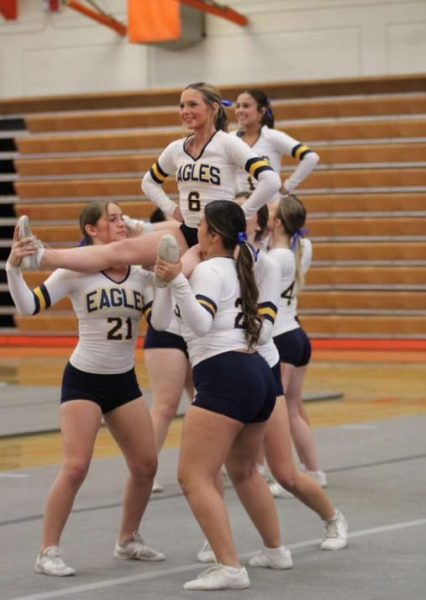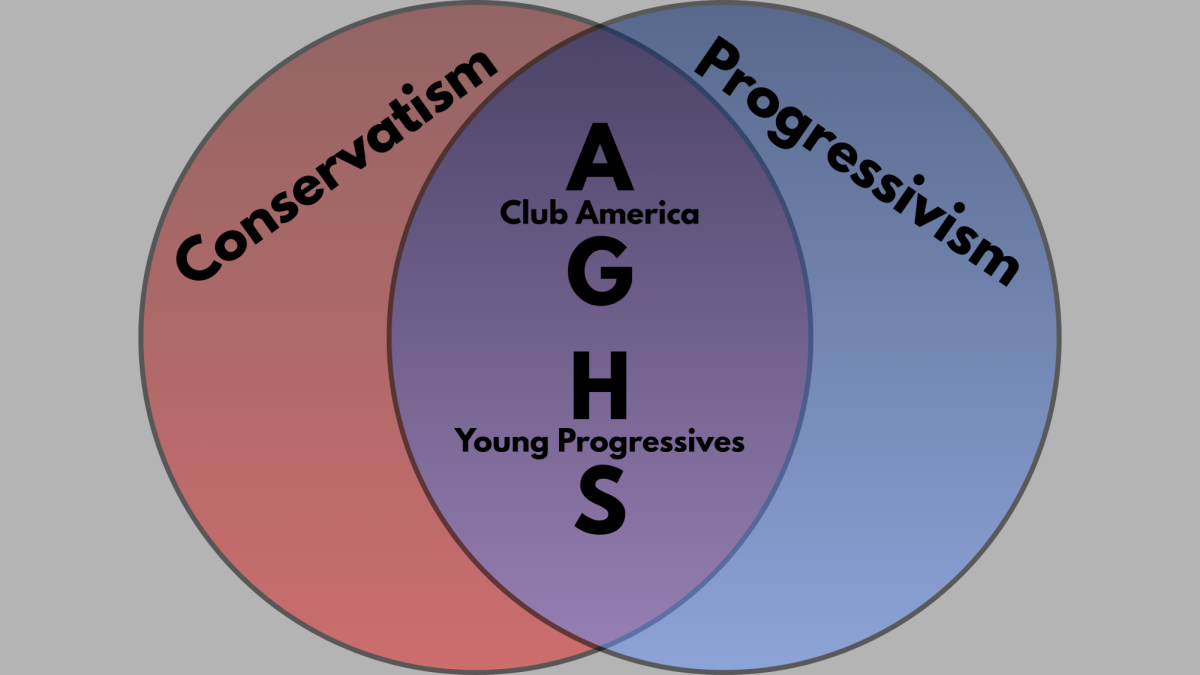In a world where extreme sports have steadily gained popularity, a fresh and exhilarating discipline has emerged—stunt. Combining elements of traditional athletics with daring acrobatics and precision, stunt is quickly gaining a global following.
“My favorite part about stunt is working with my team and finding different ways to build bonds, while also gaining skills and learning how to take skills from high school to college,” Sage Todd (‘27) said.
Stunt is a high-intensity, high-risk sport combining gymnastics and cheerleading elements. Athletes perform stunts—ranging from jumps, flips, and pyramids to precision-based maneuvers—all while navigating challenging and often unpredictable environments.
“For stunt, the scoring system is based on perfection,” Todd said. “They have two teams standing next to each other, and we do our routine, either consisting of our stunting or tumbling. The judges watch us, decide which team performed it more synchronized, and whichever team the judges vote on gets the point for that routine.”
Stunt is scored based on execution and synchronization of skills rather than on appearance or crowd-leading abilities. There are four quarters in a match, and each quarter focuses on a different skill.

Quarter 1 – Partner stunt (Focuses on partner-based stunts, where two athletes—a flyer and a base—perform skills together.)
Quarter 2 – Pyramids and tosses (When three stunt groups feature skills including pyramids and basket tosses.)
Quarter 3 – Jumps and Tumbling (Emphasizes jumps and tumbling skills.)
Quarter 4 – Team routine (a combination of the three quarters)
Each quarter consists of four rounds where two teams perform the same routine simultaneously, with the team executing the routine with fewer errors winning the round.
Stunt incorporates girls of different sizes and heights by focusing on athletic and technical skills, with roles like bases and flyers, and by having a variety of stunts, pyramids, tosses, jumps, and tumbling routines. Playing in this sport requires technique and the desire to learn and improve.
“Teamwork is essential,” Todd said. “There aren’t many skills required to play in this sport, but having a back handspring and a few tumbling skills would give you more opportunities to be in more routines.”
As stunt continues to grow in popularity, it is redefining what it means to be both an athlete and a team player. This sport offers unique and exciting challenges. Whether athletes come from a gymnastics or cheerleading background, stunt provides a competitive background where teamwork and skill take the stage.








